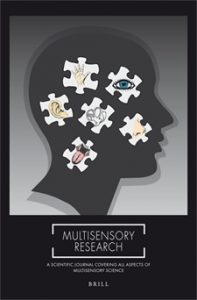The use of separate multisensory signals is often beneficial. A prominent example is the speed-up of responses to two redundant signals relative to the components, which is known as the redundant signals effect (RSE). A convenient explanation for the effect is statistical facilitation, which is inherent in the basic architecture of race models (Raab, 1962, Trans. N. Y. Acad. Sci. 24, 574–590). However, this class of models has been largely rejected in multisensory research, which we think results from an ambiguity in definitions and misinterpretations of the influential race model test (Miller, 1982, Cogn. Psychol. 14, 247–279). To resolve these issues, we here discuss four main items. First, we clarify definitions and ask how successful models of perceptual decision making can be extended from uni- to multisensory decisions. Second, we review the race model test and emphasize elements leading to confusion with its interpretation. Third, we introduce a new approach to study the RSE. As a major change of direction, our working hypothesis is that the basic race model architecture is correct even if the race model test seems to suggest otherwise. Based on this approach, we argue that understanding the variability of responses is the key to understand the RSE. Finally, we highlight the critical role of model testability to advance research on multisensory decisions. Despite being largely rejected, it should be recognized that race models, as part of a broader class of parallel decision models, demonstrate, in fact, a convincing explanatory power in a range of experimental paradigms. To improve research consistency in the future, we conclude with a short checklist for RSE studies.
Otto TU, & Mamassian P (2017). Multisensory decisions: the test of a race model, its logic, and power. Multisensory Research, 30(1), 1–24.

